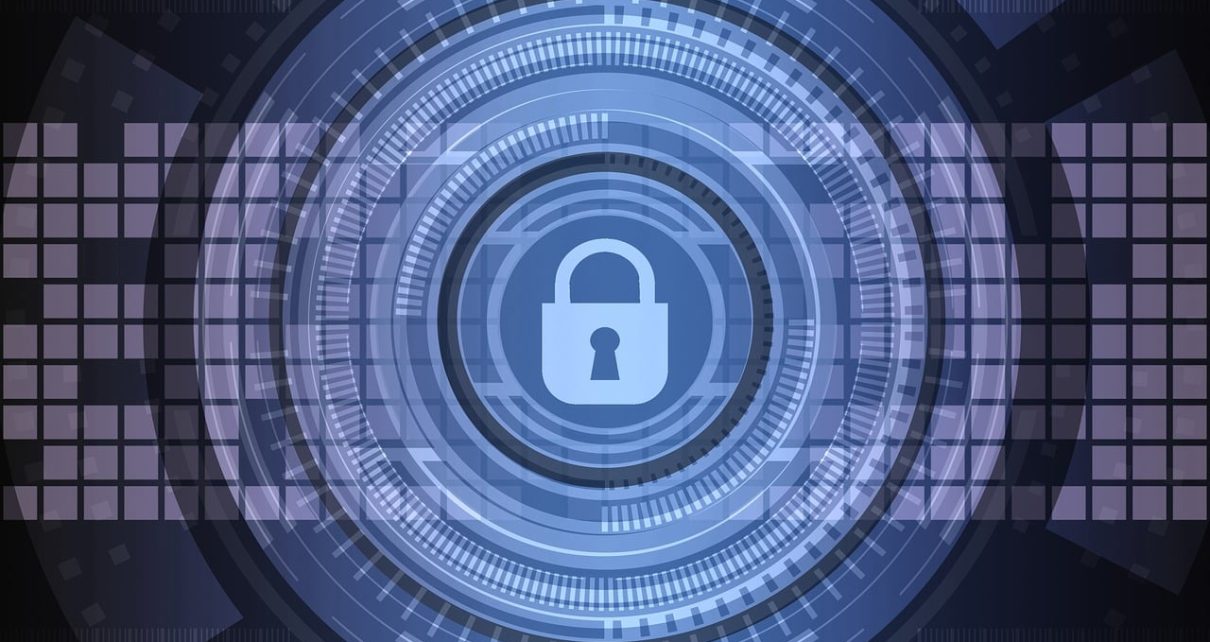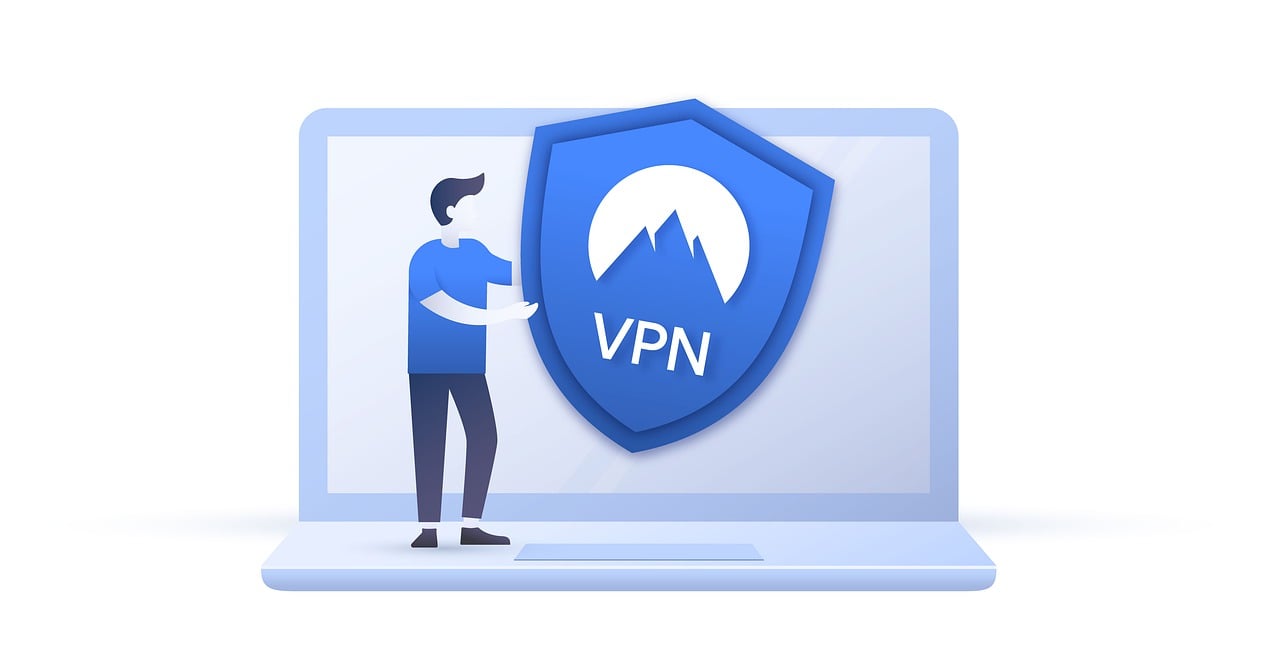Remote work has reshaped the modern workplace, bringing unmatched flexibility and convenience. However, with this new era of work comes a heightened risk of cyber threats. As employees access company data from home networks and personal devices, organizations face a growing challenge: how to protect sensitive information in a decentralized environment. Cybersecurity has never been more critical, and understanding best practices for safeguarding your data is essential for both individuals and businesses. This article explores the key strategies for maintaining cybersecurity in the age of remote work.
The Rise of Remote Work and Its Cybersecurity Implications
The COVID-19 pandemic accelerated the adoption of remote work, turning it from a temporary solution into a long-term reality for many organizations. While remote work has brought numerous benefits, including increased productivity and work-life balance, it has also exposed significant vulnerabilities in traditional cybersecurity frameworks.
When employees work from home, they often rely on personal devices and home networks that lack the robust security measures found in corporate environments. This shift creates opportunities for cybercriminals to exploit these weaknesses through phishing attacks, malware, ransomware, and other malicious activities. The consequences of a security breach can be devastating, leading to financial loss, reputational damage, and compromised data privacy.
Best Practices for Protecting Your Data in a Remote Work Environment
To mitigate the risks associated with remote work, it is crucial to implement and adhere to best practices for cybersecurity. The following strategies can help protect your data and ensure a secure remote work experience.
1. Secure Your Home Network
Your home network is the first line of defense against cyber threats. Ensuring that it is secure is vital for protecting your data. Start by changing the default login credentials on your router to a strong, unique password. Many people leave their routers with factory settings, which are easily exploited by attackers. Encrypt your Wi-Fi network with WPA3, the latest and most secure encryption standard.
Additionally, consider setting up a separate network for work-related activities. This can isolate your work devices from other potentially vulnerable devices on your home network, such as smart home gadgets or family members’ devices.
2. Use Strong, Unique Passwords and Multi-Factor Authentication (MFA)
Passwords remain one of the most common entry points for cyber attackers. Using strong, unique passwords for all your accounts is essential. A strong password should be at least 12 characters long and include a mix of uppercase and lowercase letters, numbers, and symbols. Avoid using easily guessable information, such as birthdays or common words.
Multi-factor authentication (MFA) adds an extra layer of security by requiring a second form of verification, such as a fingerprint scan or a one-time code sent to your mobile device. Even if an attacker manages to obtain your password, MFA can prevent unauthorized access to your accounts.
3. Keep Your Software and Devices Updated
Software updates are crucial for maintaining cybersecurity, as they often include patches for known vulnerabilities. Ensure that your operating system, applications, and security software are always up to date. Enable automatic updates wherever possible to minimize the risk of running outdated software.
In addition to keeping your software updated, ensure that all your devices, including laptops, smartphones, and tablets, are running the latest security updates. Cybercriminals often target outdated devices because they are more likely to have unpatched vulnerabilities.
4. Implement a Virtual Private Network (VPN)
A Virtual Private Network (VPN) encrypts your internet connection, making it more difficult for cybercriminals to intercept your data. When working remotely, especially when using public Wi-Fi networks, a VPN provides an additional layer of security by masking your IP address and encrypting the data transmitted between your device and the internet.
However, not all VPNs are created equal. Choose a reputable VPN provider that offers strong encryption standards and a no-logs policy to ensure your data remains private and secure.
5. Be Vigilant Against Phishing Attacks
Phishing attacks have become increasingly sophisticated, and remote workers are prime targets. Cybercriminals often impersonate legitimate organizations or colleagues, tricking individuals into revealing sensitive information or clicking on malicious links.
To protect yourself from phishing attacks, always verify the sender’s email address, look for suspicious language or requests, and avoid clicking on links or downloading attachments from unknown sources. If you receive an unexpected email or message asking for sensitive information, contact the sender directly through a verified communication channel to confirm its legitimacy.
6. Encrypt Sensitive Data
Data encryption is a powerful tool for protecting sensitive information. When data is encrypted, it is converted into a code that can only be deciphered with the correct decryption key. This ensures that even if a cybercriminal gains access to your data, they will be unable to read it.
Use encryption for sensitive files, emails, and communications, especially when transmitting data over the internet. Many email providers and messaging apps offer built-in encryption features, which should be enabled by default.
7. Regularly Back Up Your Data
Data loss can occur due to cyberattacks, hardware failures, or accidental deletions. Regular backups ensure that you can recover your data in the event of a breach or other incidents. Store backups in multiple locations, such as an external hard drive and a cloud storage service, to protect against data loss.
Ensure that your backups are encrypted and protected with strong passwords. Regularly test your backup system to confirm that you can restore your data quickly and efficiently if needed.
8. Educate Yourself and Your Team
Cybersecurity is a shared responsibility, and everyone must be aware of the risks and how to mitigate them. Regular cybersecurity training for employees is essential, especially in a remote work environment. Training should cover topics such as recognizing phishing attempts, safe internet practices, and the importance of using secure passwords.
Encourage a culture of cybersecurity awareness within your organization, where employees feel comfortable reporting suspicious activities and incidents. The more informed and vigilant your team is, the better equipped your organization will be to prevent cyber threats.
9. Establish Clear Remote Work Policies
Establishing clear and comprehensive remote work policies is crucial for maintaining cybersecurity. These policies should outline the expectations and responsibilities of employees when working remotely, including guidelines for using personal devices, accessing company networks, and handling sensitive data.
Remote work policies should also include procedures for reporting security incidents, as well as protocols for responding to breaches. Ensure that all employees are familiar with these policies and understand the importance of adhering to them.
10. Collaborate with IT and Security Teams
For organizations, collaboration between remote employees and IT/security teams is vital for maintaining a secure work environment. IT teams should ensure that remote workers have access to the necessary tools and resources to stay secure, such as VPNs, antivirus software, and secure communication platforms.
Security teams should also conduct regular audits and assessments to identify potential vulnerabilities and address them promptly. In the event of a security incident, a coordinated response plan should be in place to minimize damage and restore normal operations quickly.
The Future of Cybersecurity in Remote Work
As remote work becomes more entrenched in the modern workplace, the need for robust cybersecurity measures will only grow. The increasing sophistication of cyber threats means that organizations and individuals must remain vigilant and proactive in their approach to security.
Emerging technologies, such as artificial intelligence and machine learning, are being leveraged to enhance cybersecurity. These technologies can detect and respond to threats in real-time, providing an additional layer of protection for remote work environments. However, the human element remains crucial, as cybercriminals often exploit human error and complacency.
Conclusion
Cybersecurity in the age of remote work is a critical concern that requires ongoing attention and action. By implementing best practices, such as securing home networks, using strong passwords and MFA, staying vigilant against phishing attacks, and regularly backing up data, individuals and organizations can significantly reduce their risk of falling victim to cyber threats.
As the remote work landscape continues to evolve, so too must our approach to cybersecurity. By staying informed, adopting new technologies, and fostering a culture of security awareness, we can protect our data and ensure a safe and productive remote work environment for years to come.


